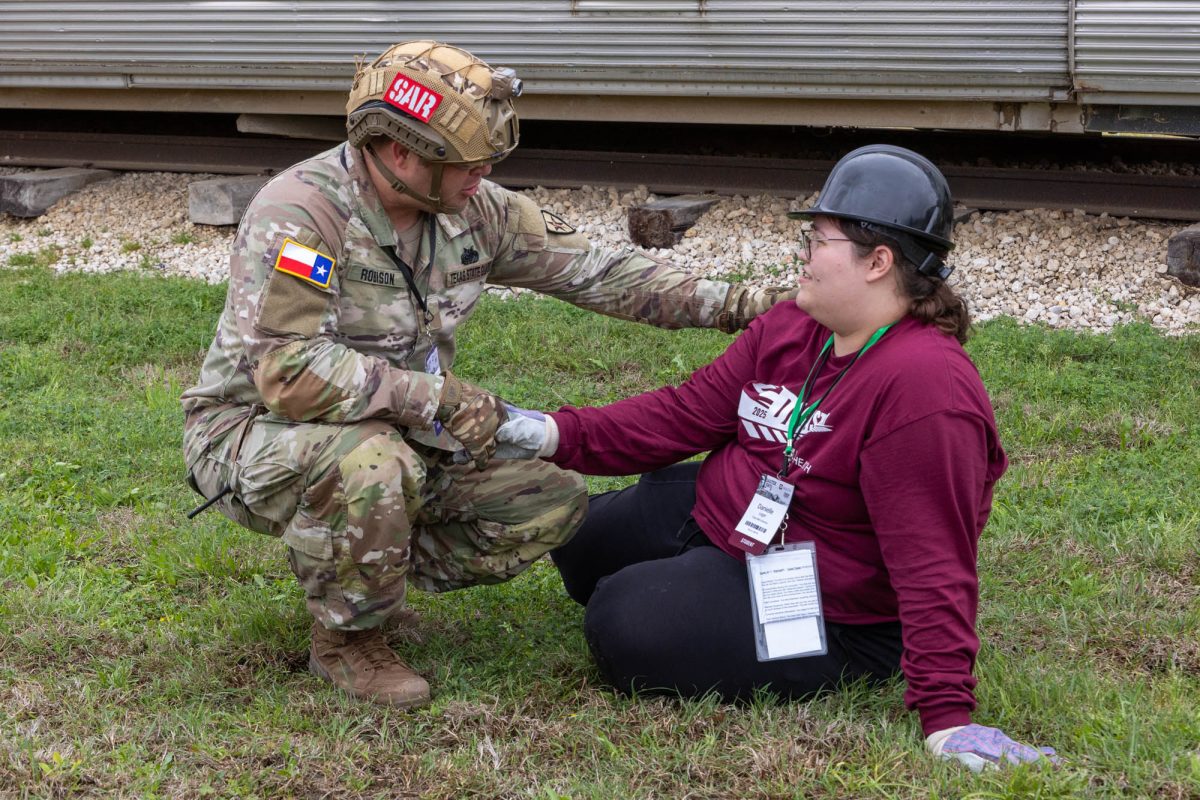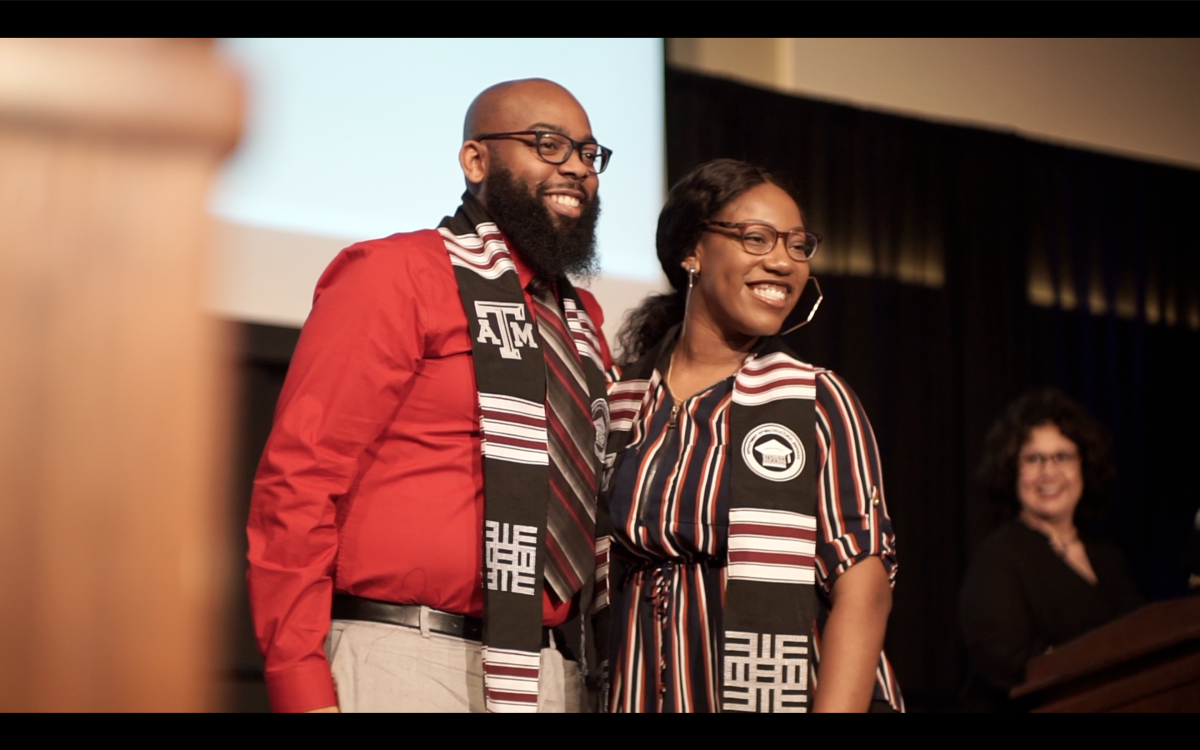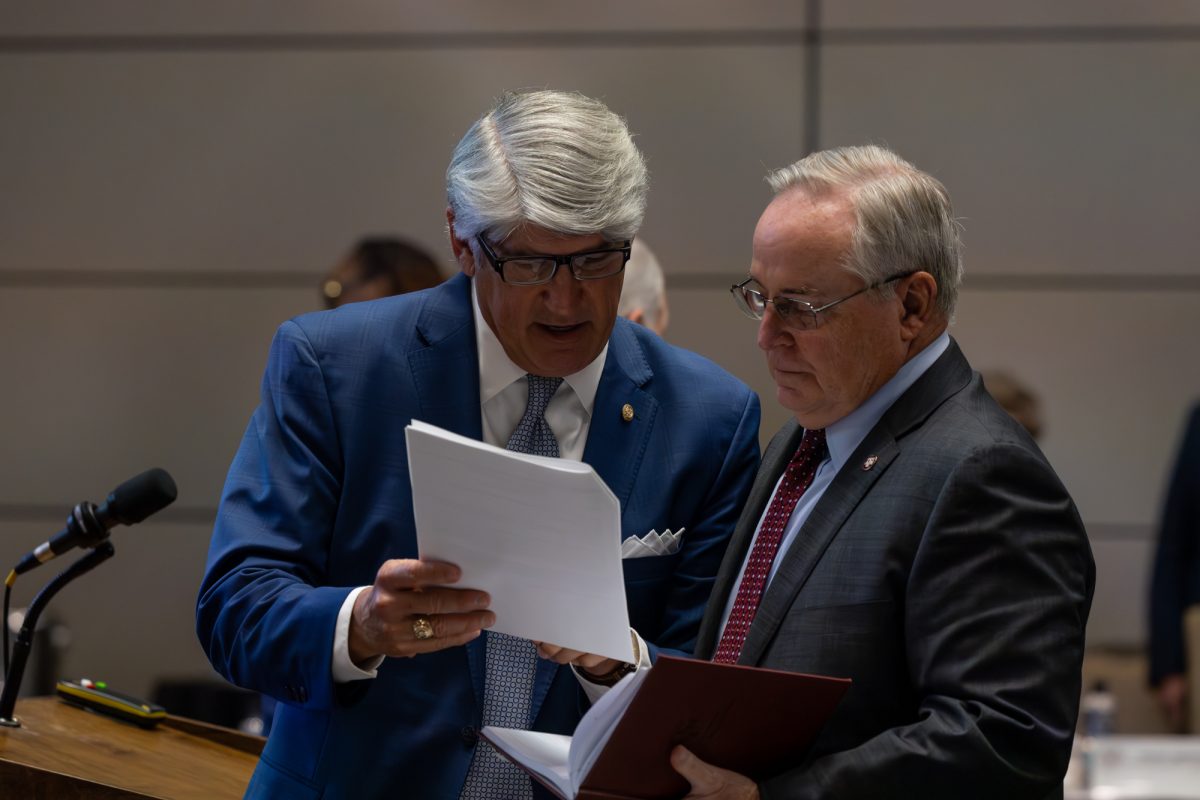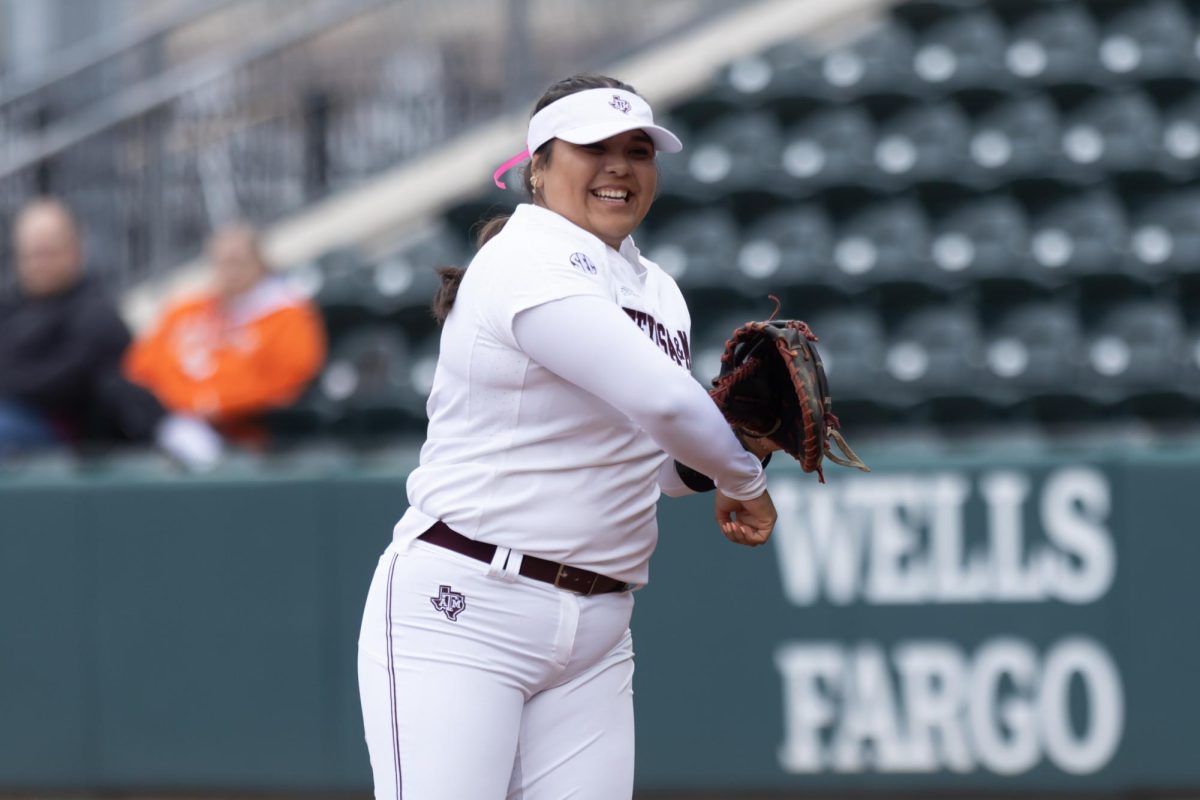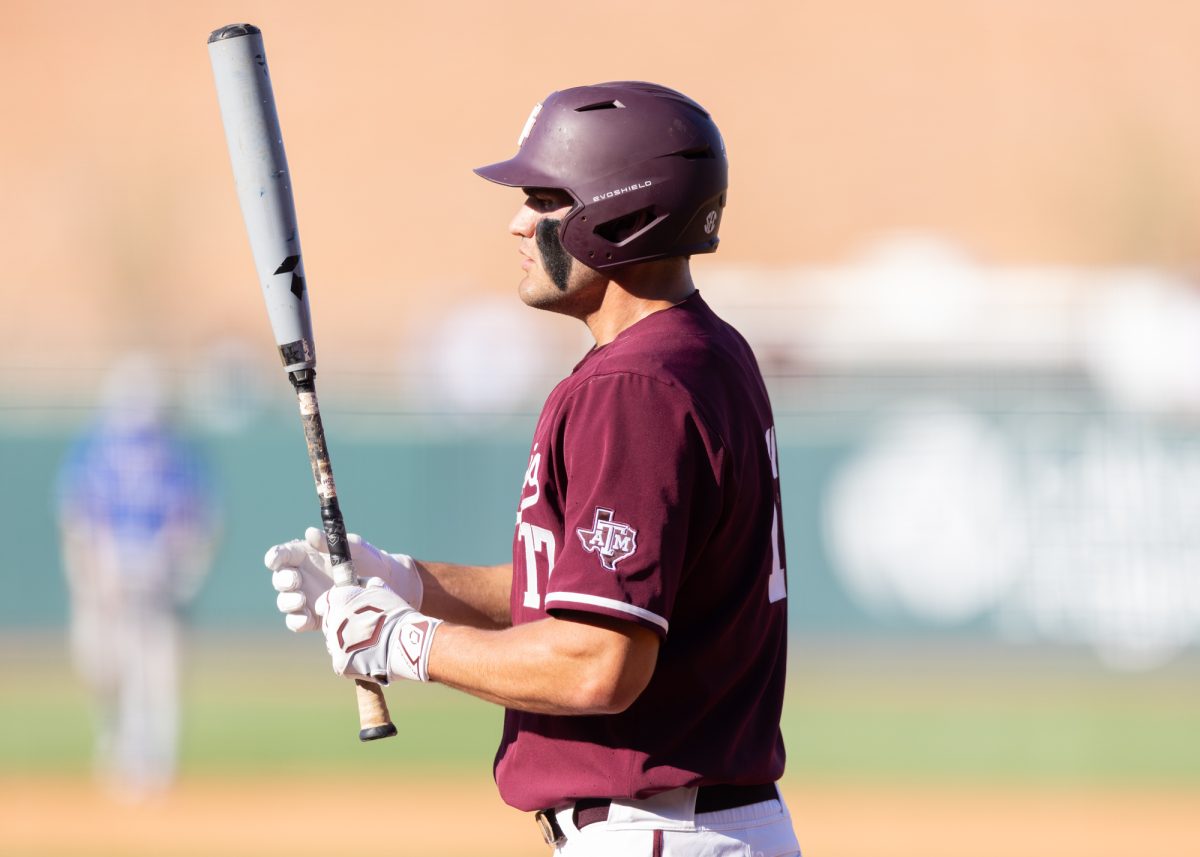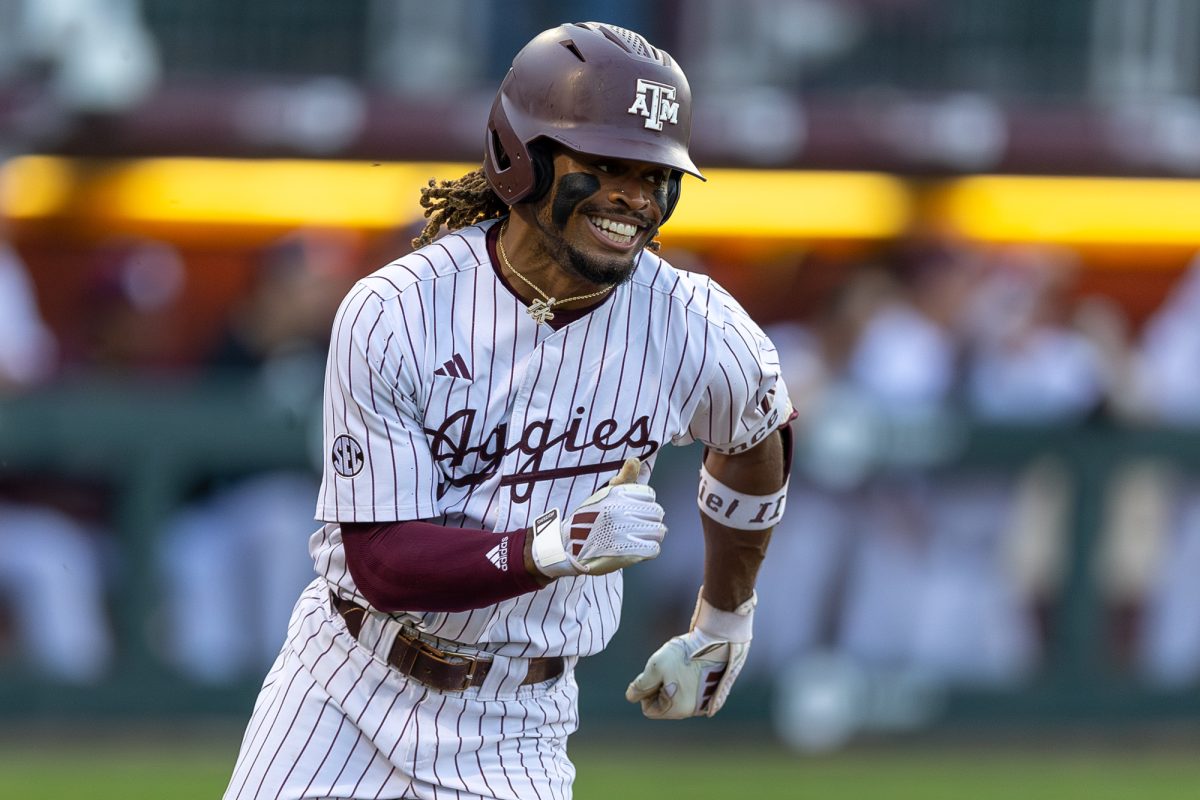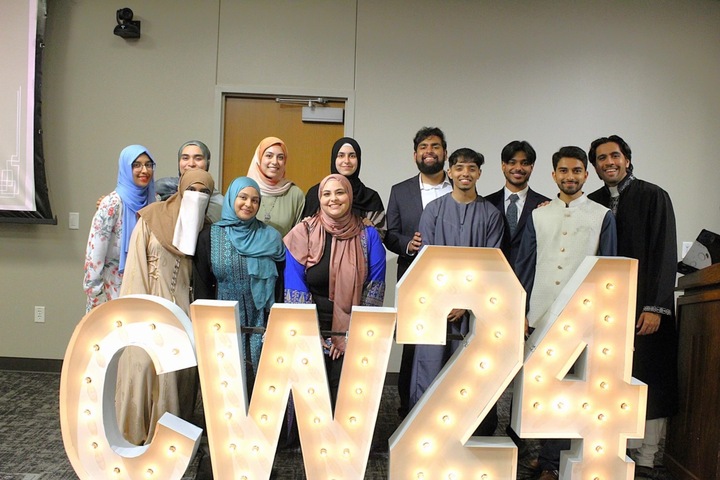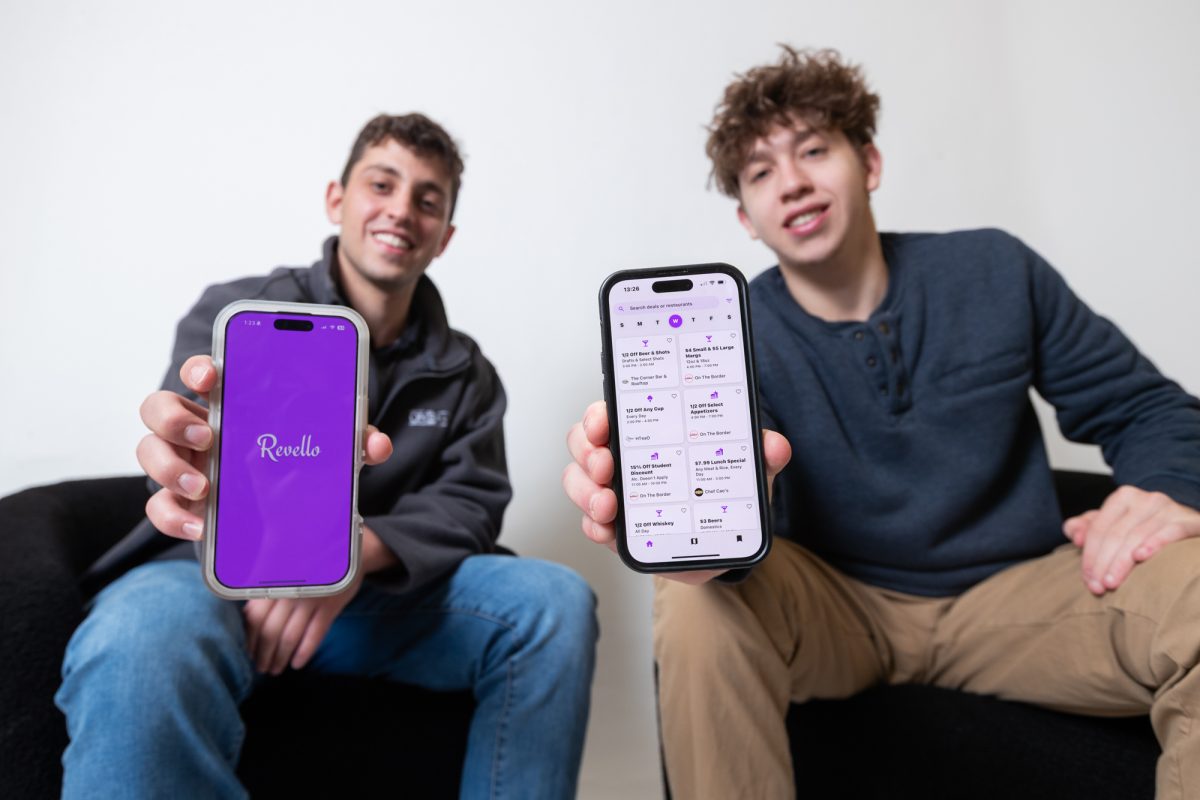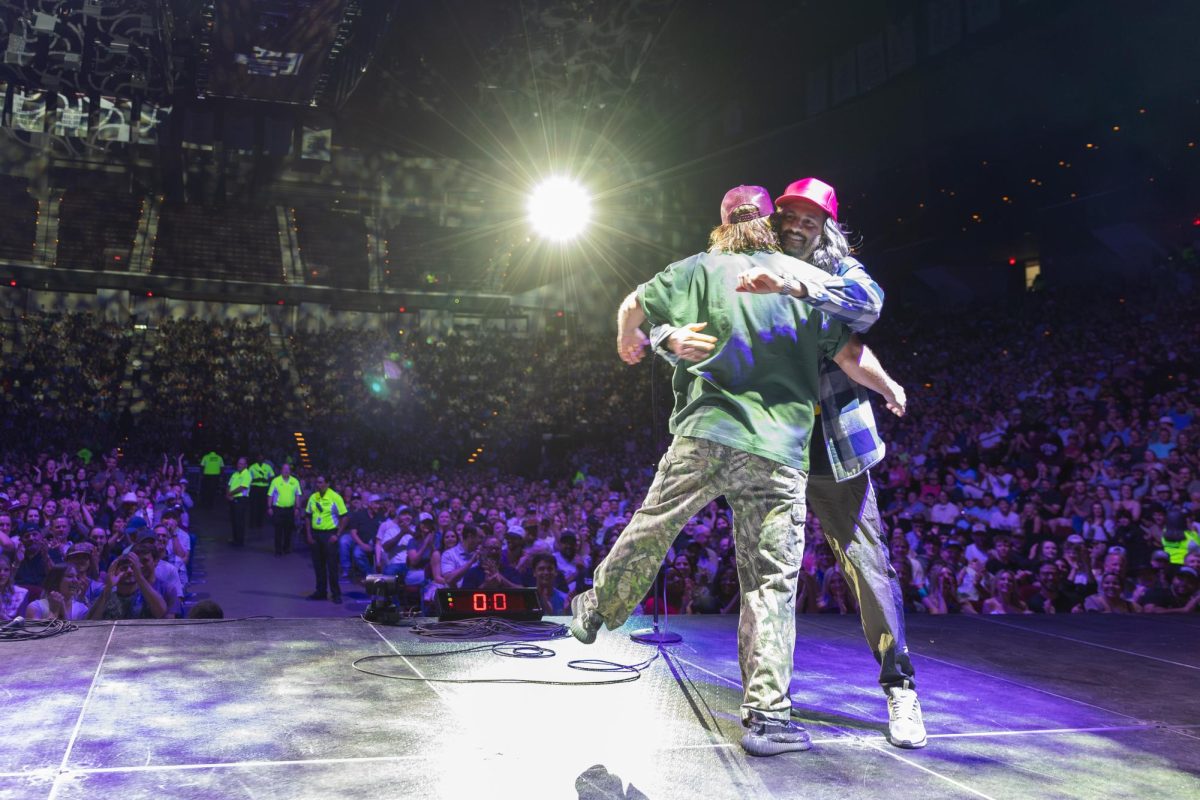When tragedies like COVID-19, Hurricane Harvey and the Sept. 11, 2001, terror attacks occurred, society turned to law enforcement and medical professionals. People relied on their expertise to help solve these unfathomable situations.
However, disasters are never expected. When events like these happen, professionals must adapt to their surroundings and make the best of it, even if they don’t know how to deal with the situation.
This is why Disaster Day was created: To practice the unexpected.
“There was a nursing student who was involved in Disaster Day who moved to Las Vegas,” international affairs and public health graduate student and member of the disaster response leadership team, Amanda Munene said. “When they had the nightclub shooting there, she was the only one in her emergency room who had received some sort of training like this. So she was absolutely able to take what she had learned from Disaster Day and have some of the skills not the typical nursing student would have.”
Disaster Day is an annual event that trains medical students, nursing students, athletic trainers, pharmacy students, public health students, dental students and members of the Corps of Cadets in the event of a disaster and what must be done to solve it.
As the largest student-led interprofessional emergency response simulation in the country, they aim to allow student teams to diagnose, treat and care for volunteer patient populations. Taking place at Texas A&M’s Engineering Extension Service’s Disaster City, a facility housing training resources for emergency responders, this was the event’s 17th year running.

The day’s theme this year was a train derailment that resulted in an oil spill that led to patients being contaminated or injured.
“One lady, half her leg got cut off,” third-year pharmacy student Alwyn Joseph said. “Somebody had a heart attack, another was blind. It’s just some cool scenarios that you’re able to find out what actually happened to these individuals.”
With over 700 participants, Disaster Day volunteers were vital in making the event a success. Many were volunteer patients, acting out their trauma and injuries, pushing the healthcare workers to give them the right care. Forensic and investigative sciences senior Kaitlyn Hale found out about this volunteer opportunity through her internship at the University Police Department.
“My supervisor informed us about this, and she thought it would be a great learning experience about what training first responders do in mass casualty situations like this,” Hale said. “I’ve never thought about how EMTs, medics and first responders trained for stuff like this, and I just got a cool [patient] case where I have blood all over and a metal rod in me.”
Two simulations are done throughout the day to comprehensively prepare students to work in different areas of disaster relief. Students, such as first-year medical student Ashwin Mathew, anticipated the event and the implications it may have on their professional lives.
“Honestly, I don’t think it was a decision, it was something that I was called upon,” Mathew said about his decision to enter the medical field. “That’s why I’m here, to learn and grow as a medical practitioner.”
Mathew and his team, like many others, retrieved injured volunteer patients who were portrayed as hurt in the derailment, many of them covered in mock blood with pieces of glass or rods stabbed into their bodies. They evaluated the patients based on injury severity in triage before being escorted to field hospitals for further evaluation and procedure.
Different tents served different purposes in the camp. Along with three different field hospitals, there were also pharmacy tents for obtaining medicine. Military cabins were even stationed and a medical evacuation helicopter was also present for extracting volunteer patients for more medical care.
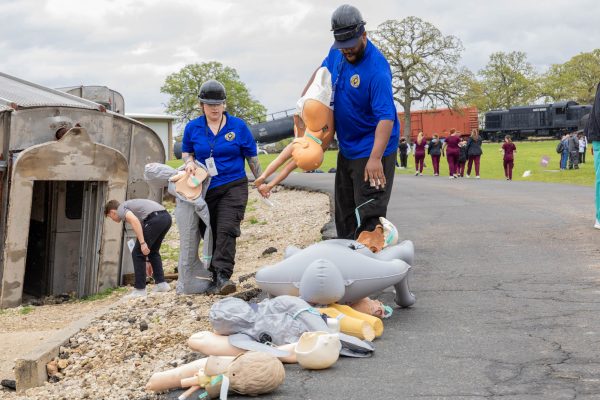
“Obviously I know it’s fake, but it’s interesting,” first-year medical student Ethan Green said. “There’s a lot of stress even though it’s all simulated. People are screaming and there’s chaos everywhere.”
But it’s the collaborative nature of this event that allows students to work in these settings and get the training they need for their future careers.
“I would feel very prepared,” first-year medical student Ayesha Sayyed said after participating in Disaster Day. “In terms of actually acting on the care, I think there’s definitely things to learn from each other as there are pharmacy students and nursing students, including others. Everyone has different experiences, so there’s just a lot to learn with each other.”




